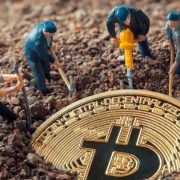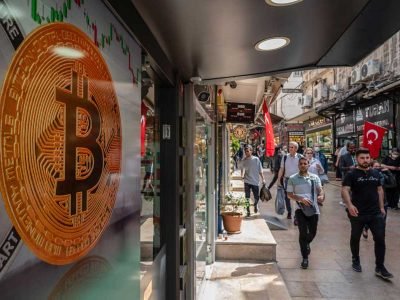Investing in NFTs has hit enormous highs and catastrophic lows, with one piece setting the all-time record for a piece from a living artist at nearly $92 million. Digital artwork and ownership have taken off. While the average piece has fallen in value as the novelty fades, NFTs have made their mark in the art trade.
The more value they accrue, though, the more pressing it becomes to have answers to basic questions. What are NFTs and how do they work? Why have people started pouring their money into them?
Some people have made a lot of money buying NFTs. Incurious buyers have lost major sums. Getting up to speed with the technology before investing can prevent later heartbreak.
That’s why we’re here. We’ll walk you through the basics of investing in NFTs so you can figure out if they suit your portfolio.
What Are NFTs and How Do They Work?
“NFT” stands for non-fungible token. To understand why we call them that, we have to look at the technology they use.
NFT technology uses blockchain technology, which creates tokens and stores them on a “chain,” or unfalsifiable, distributed ledger. Blockchain technology also features prominently in cryptocurrency systems like Bitcoin, Ethereum, and Terra.
What differentiates NFT software from cryptocurrency, though? Cryptocurrency tokens are “fungible,” with one Bitcoin being one Bitcoin no matter where it comes from. NFTs are non-fungible, meaning each NFT points to a unique resource.
An NFT includes specific information on it. With art NFTs, which have become the most common, this usually includes a link to a digital resource like a picture or video. Other NFTs have included tweets, memes, and even raffle tickets.
Some NFT projects have turned the tokens into gaming assets. Players can use them in simulated missions. Game creators claim this will allow users to improve the value of their assets and turn them into real money.
When you buy the NFT, you gain all rights to the data stored in the token. You can sell or trade it just as you could a physical asset.
“How do NFTs work?” As you can see, many answers come from that one question.
Are All NFTs Created Equal?
Different NFT projects offer different things. Some offer simple things like profile pictures for your Twitter account or cute ducks to put on your desktop. Others contain rights to major media content.
It’s this diversity that makes buying NFTs such a tricky proposition. You should always review the details of an NFT you intend to buy and make sure you know exactly what you’re getting.
This will continue to rise in importance as coders and artists alike stretch the definition of what an NFT can mean. Are you buying the rights to the piece itself, or just its digital footprint? That answer can vary.
Rising Star of the Art World or One-Off Fad?
In some ways, “What are NFTs and how do they work?” is still getting defined. Artists have always sought new ways to make and sell their work, and NFTs blur the line between these two elements. The basic format of a blockchain-based piece of information, however, should remain constant.
If you want to look for more traditional investments, check out our business section. If the novelty of NFTs appeals, though, try taking a look at our technology articles instead.










